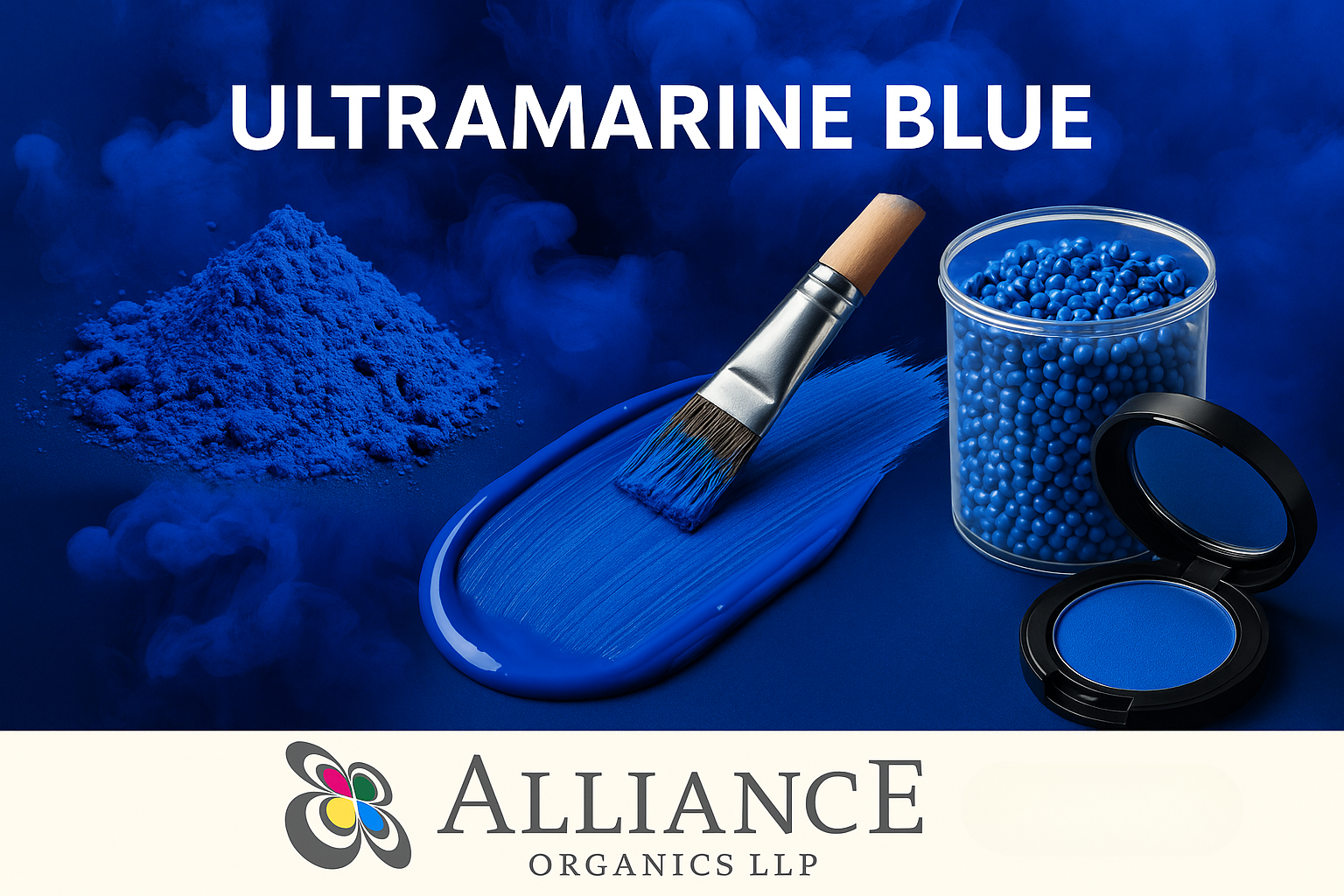You know, when we talk about pigments that have really stood the test of time but are still super important today, Ultramarine Blue definitely tops the list. If you’re in the industry, you get that picking the right pigment is more than just choosing a pretty color. It’s all about having consistency, stability, and performance across various products.
Let’s dive into why Ultramarine Blue is still a the preferred choice for people making stuff like plastics, paints, and cosmetics. We’ll look at where it came from, how it’s used today, and tips on where to get it reliably.
What exactly is Ultramarine Blue?
Well, it’s one of those classic pigments that’s been around for ages. Back in the day, artists made it by grinding up lapis lazuli, which is a semi-precious stone. They loved its bright blue colour that didn’t fade easily. These days, they make Ultramarine Blue in a lab to keep the colour and quality consistent. It’s made of a special mix of sodium aluminosilicate and sulphur, which gives it that awesome deep blue look and makes it really durable.
Even with all the new pigments out there, Ultramarine Blue sticks around because it offers a vibrant colour that’s stable, less toxic, and usually cheaper than a lot of organic pigments.
Where do you find Ultramarine Blue in action?
First up, in plastics. For those making stuff like PVC and other kinds of plastics, Ultramarine Blue is great because it holds up well under heat and mixes nicely. You’ll see it in toys, packaging, and even car parts, where a bright, even colour is a must.
Then we have paints. For all kinds of paint—from fancy decor to industrial stuff—Ultramarine Blue gives off clean, long-lasting colours that aren’t easily affected by the weather. It works in both water-based and solvent-based formulas and can help balance out other colours too.
And don’t forget cosmetics. A lot of makeup brands use Ultramarine Blue, especially in eyeshadow and nail polish. It’s safe and meets regulations, giving those vibrant, skin safe colors.
Why Ultramarine Blue Still Dominates the Pigment Market
For starters, it’s cost-effective and easy to find. Unlike some rare organic pigments, Ultramarine Blue is made in large quantities, so you can usually get it without spending a lot.
It’s also super consistent. You don’t want your colours to look different from one batch to another, right? Ultramarine Blue helps keep everything looking uniform across all production.
Another plus? It’s non-toxic and eco-friendly. These days, it complies with safety standards for toys and cosmetics. Plus, its stable nature means it won’t leach into products, which is a big deal for brands that care about safety and sustainability. Also, it plays nicely with other pigments.
A lot of formulators like to mix Ultramarine Blue with others to get unique shades, from soft pastels to deep navy. But, just a heads up, it’s good to know its limits. Ultramarine Blue is heat stable up to moderate temperatures, so it works well in most plastics and coatings. It’s also good in terms of weather resistance, but for tough outdoor applications, you might want to pair it with other pigments to boost UV resistance of the end product.
One thing to watch out for is its sensitivity to acid. If it hangs out in acidic conditions too long, it might fade or change colour, so it’s smart to match it with the right resins. And hey, if you ever need to get your hands on Ultramarine Blue, make sure you have a solid supply chain. Sourcing it from a reliable manufacturer is key to getting consistent quality and pricing.
At Alliance Organics LLP, we make our Ultramarine Blue pigments under strict quality checks, so you know you’re getting a good product. We get that you have tight deadlines and need to meet regulations, so we’re here to help.
If you’re thinking about using Ultramarine Blue, whether you need bulk for plastics or specific shades for cosmetics, we can help you out. Our team’s ready to chat about what you need and even send some samples your way to test them out.
